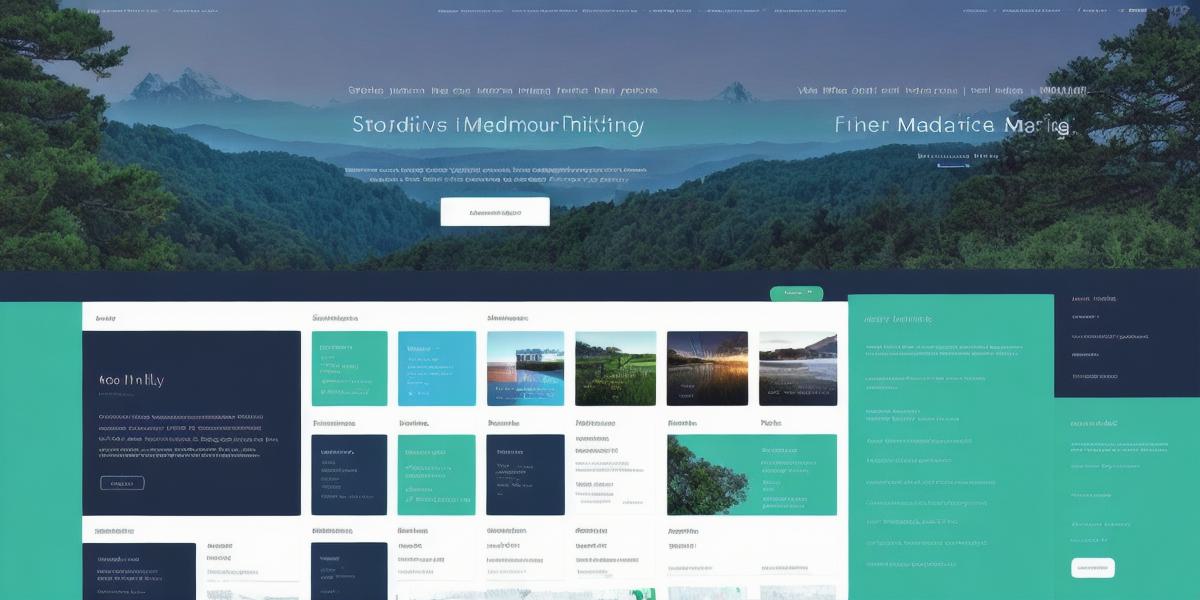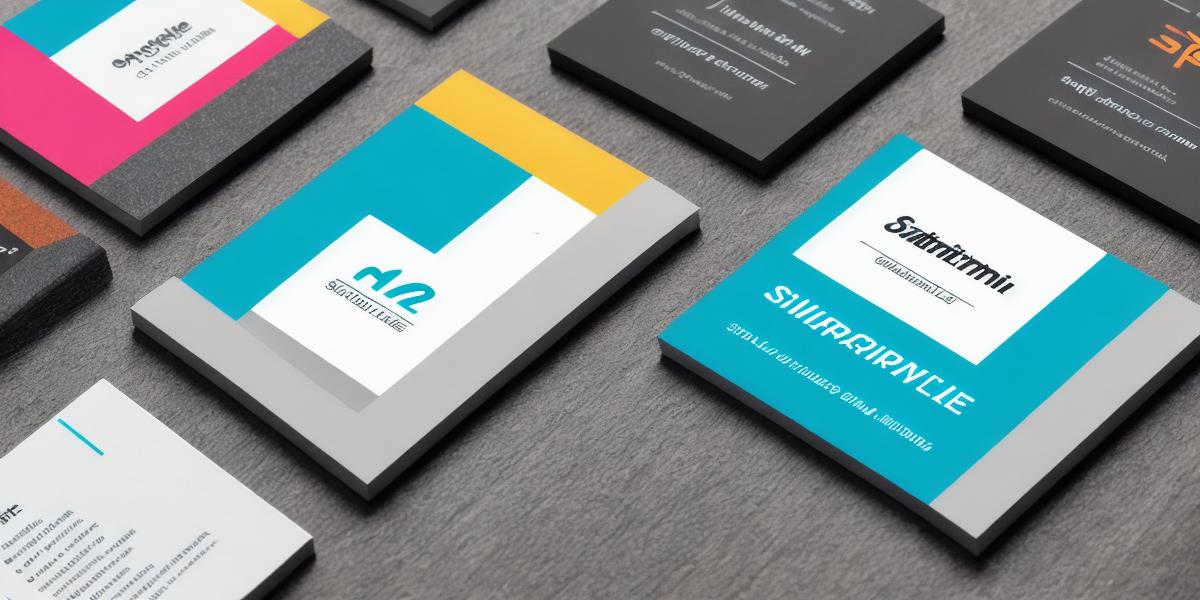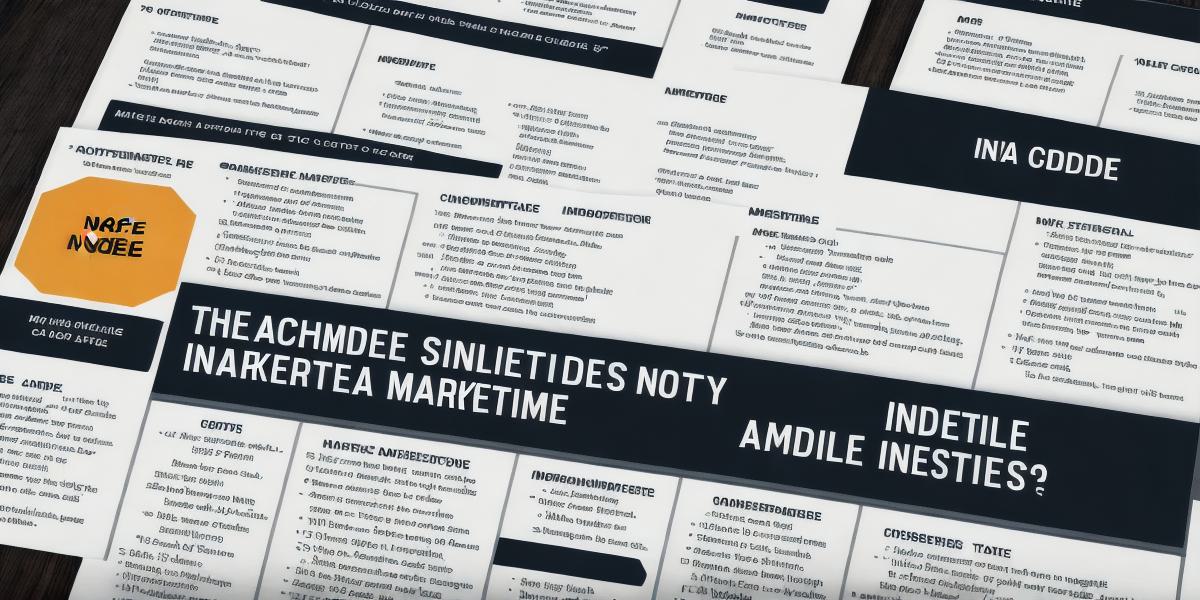Marketing tools design plays a crucial role in attracting and retaining customers for your business. By creating engaging, user-friendly, and visually appealing marketing materials, you can increase brand awareness, generate leads, and drive sales. Moreover, the right use of marketing tools design can also boost your website’s search engine optimization (SEO) and improve its overall ranking on search engines.
In this comprehensive guide, we will explore the different aspects of marketing tools design, including its benefits, how to create effective marketing materials, and best practices for designing engaging content that resonates with your target audience. We will also delve into the latest trends in marketing tools design and their impact on your business’s success.
Benefits of Marketing Tools Design
- Increased Engagement
Effective marketing tools design can increase customer engagement by making your content more visually appealing, interactive, and engaging. This can lead to increased social media shares, comments, and likes, which can help build a community around your brand and foster brand loyalty.
- Better User Experience
Marketing tools design is not just about making your marketing materials look good. It also involves creating an intuitive user experience that guides customers through the buyer journey, from awareness to decision-making. By designing your marketing materials in a way that is easy to navigate and use, you can improve customer satisfaction and reduce bounce rates on your website.
- Increased Conversions
Effective marketing tools design can also increase conversions by making it easier for customers to take the desired action, whether it’s filling out a form, making a purchase, or subscribing to your newsletter. By designing your marketing materials with clear calls-to-action (CTAs) and concise messaging, you can guide customers towards taking action and achieving your business goals.
- Improved SEO
Marketing tools design is also crucial for improving your website’s SEO. By optimizing your website’s visual elements, such as images and videos, with relevant keywords and meta descriptions, you can improve your search engine rankings and drive more organic traffic to your website. Moreover, effective marketing tools design can also make your website more mobile-friendly, which is becoming increasingly important for improving your search engine rankings.
How to Create Effective Marketing Materials
Creating effective marketing materials requires a deep understanding of your target audience and their preferences, as well as an ability to create visually appealing content that resonates with them. Here are some tips on how to create effective marketing materials:
- Know Your Audience

Before creating any marketing materials, it’s essential to know your target audience’s demographics, interests, and preferences. This will help you create content that speaks directly to their needs and desires, increasing the likelihood of engagement and conversions.
- Keep It Simple
Effective marketing materials should be simple, easy to understand, and visually appealing. Avoid cluttering your designs with too many words or graphics, and focus on creating a clear, concise message that resonates with your audience.
- Use Visuals
Visuals are an essential part of effective marketing tools design. They can help break up text, make your content more engaging, and increase social media shares and likes. Use high-quality images and videos to illustrate your points and make your content stand out.
- Create a Consistent Brand Image
Your brand image is the visual representation of your business, and it’s essential to create a consistent brand image across all your marketing materials. This will help build brand recognition and loyalty, as well as establish trust with your audience.
- Use Calls-to-Action (CTAs)
Effective marketing tools design should include clear CTAs that guide customers towards taking the desired action. Make sure your CTAs are prominent, concise, and easy to understand, and use them throughout your content to increase conversions.
Best Practices for Designing Engaging Content
To create engaging content that resonates with your target audience, you should follow these best practices:
- Know Your Audience
As mentioned earlier, it’s essential to know your target audience’s preferences and interests. This will help you create content that speaks directly to their needs and desires, increasing the likelihood of engagement and conversions.
- Keep It Relevant
Your content should be relevant to your audience’s current needs and interests. Avoid creating content that is outdated or irrelevant, as this can lead to disengagement and lower conversion rates.
- Use Storytelling

Storytelling is a powerful tool for creating engaging content that resonates with your audience. By telling stories that are relevant to your audience’s interests and needs, you can create an emotional connection with them and increase their engagement with your brand.
- Keep It Concise
Effective marketing tools design should be concise and easy to understand. Avoid using complex language or jargon, and focus on creating content that is clear, concise, and easy to digest.
- Use Interactive Elements
Interactive elements, such as quizzes, polls, and surveys, can help increase engagement and drive conversions. By incorporating interactive elements into your content, you can create a more immersive experience for your audience and encourage them to take action.
Trends in Marketing Tools Design
Marketing tools design is an ever-evolving field, with new trends emerging all the time. Here are some of the latest trends in marketing tools design:
- Minimalist Design
Minimalist design is characterized by clean lines, simple typography, and a focus on functionality over formality. This trend reflects a growing preference for simplicity and efficiency among consumers, as well as a desire to reduce clutter and distractions from their digital experiences.
- Personalization
Personalization is the practice of tailoring marketing content and experiences to individual users based on their preferences, interests, and behavior. This trend reflects a growing demand for personalized experiences that are relevant and meaningful to each user.
- Video Marketing
Video marketing has become increasingly popular in recent years, as it offers a more engaging and immersive experience than traditional text-based content. Videos can be used to tell stories, showcase products or services, and provide valuable information to your audience.
- Augmented Reality (AR) and Virtual Reality (VR)
AR and VR technologies are becoming more prevalent in marketing tools design, as they offer a highly immersive experience that can be used to showcase products or services in a unique and engaging way. This trend reflects a growing demand for more interactive and experiential forms of content.
Case Studies: Success Stories in Marketing Tools Design
To illustrate the benefits of effective marketing tools design, let’s look at some real-life case studies:
- Nike: "Just Do It" Campaign
Nike’s "Just Do It" campaign is a classic example of effective marketing tools design that has stood the test of time. The campaign, which features simple typography and bold imagery, has become synonymous with Nike’s brand identity and has helped the company increase sales and build brand loyalty for over 40 years.
- Dollar Shave Club: "The Man Your Man Could Smell Like" Video
Dollar Shave Club’s "The Man Your Man Could Smell Like" video is an example of how video marketing can be used to create a highly engaging and memorable experience for viewers. The video, which features a comedic skit and humorous imagery, has become one of the most viewed videos on YouTube and has helped Dollar Shave Club increase sales and build brand recognition.
- Coca-Cola: "Share a Coke" Campaign
Coca-Cola’s "Share a Coke" campaign is an example of how personalization can be used to create a highly engaging and relevant experience for consumers. The campaign, which features customized Coke bottles with popular names and phrases, has helped Coca-Cola increase sales and build brand loyalty by tapping into the desire for personalized experiences among consumers.
Conclusion
Effective marketing tools design is essential for creating engaging content that resonates with your target audience and drives conversions. By following best practices for designing engaging content, incorporating trends in marketing tools design, and learning from real-life case studies, you can create a successful marketing strategy that builds brand recognition and loyalty among your customers.




